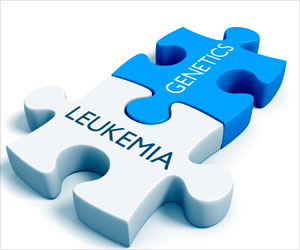Highlights
- Around 20 relatives of a teenage boy who died of sudden cardiac arrest were misdiagnosed with long QT syndrome.
- None of the relatives who sought a second opinion had symptoms of long QT syndrome, and none exhibited any electrocardiographic evidence of long QT syndrome at rest or with treadmill stress testing.
- The erroneous diagnosis was as a result of inappropriate use of genetic testing and incorrect interpretation of genetic test results.
"While the technological advances in genetic sequencing have been exponential, our ability to interpret the results has not kept pace," he says.
Following the boy's death, family members were diagnosed with long QT syndrome, an inherited heart rhythm condition that potentially can cause fast and chaotic heartbeats.
In some cases, it can cause sudden cardiac death. People can be born with a genetic mutation that puts them at risk of long QT syndrome.
As a result, the boy's brother prophylactically received an implantable cardioverter defibrillator, which can stop a potentially fatal arrhythmia.
The family then traveled to Mayo Clinic for a second opinion. During the course of their initial clinical evaluations, Dr. Ackerman became skeptical quickly of their previous diagnosis.
"This family's case appeared to be another case of mistaken identity with wrong conclusions being rendered to the data ascertained, especially the genetic test results," he says..
"In fact, none of the relatives who sought a second opinion at Mayo Clinic had personal symptoms of long QT syndrome, and none exhibited any electrocardiographic evidence of long QT syndrome at rest or with treadmill stress testing." Since receiving the implantable cardioverter-defibrillator, the boy's brother has had two inappropriate shocks delivered.
"We discovered that the boy died tragically from an abnormal heart muscle condition caused by an entirely different genetic defect -- unrelated to long QT syndrome -- that was confined to only the sudden death victim," Dr. Ackerman says.
"This family study highlights just how important it is to get things right on the first attempt, as it takes a tremendous amount of time, energy and money to reverse course and do it over again. It also depicts exactly the wrong way of using genetic testing and also precisely the right way of using and interpreting genetic testing. Ultimately, the clinician clinician's long-standing role to meticulously phenotype (characterize) his or her patient and his or her family is what matters most. When the pursuit of the genotype gets in front of the establishment of the phenotype, bad things happen," Dr. Ackerman says.
Source-Medindia










